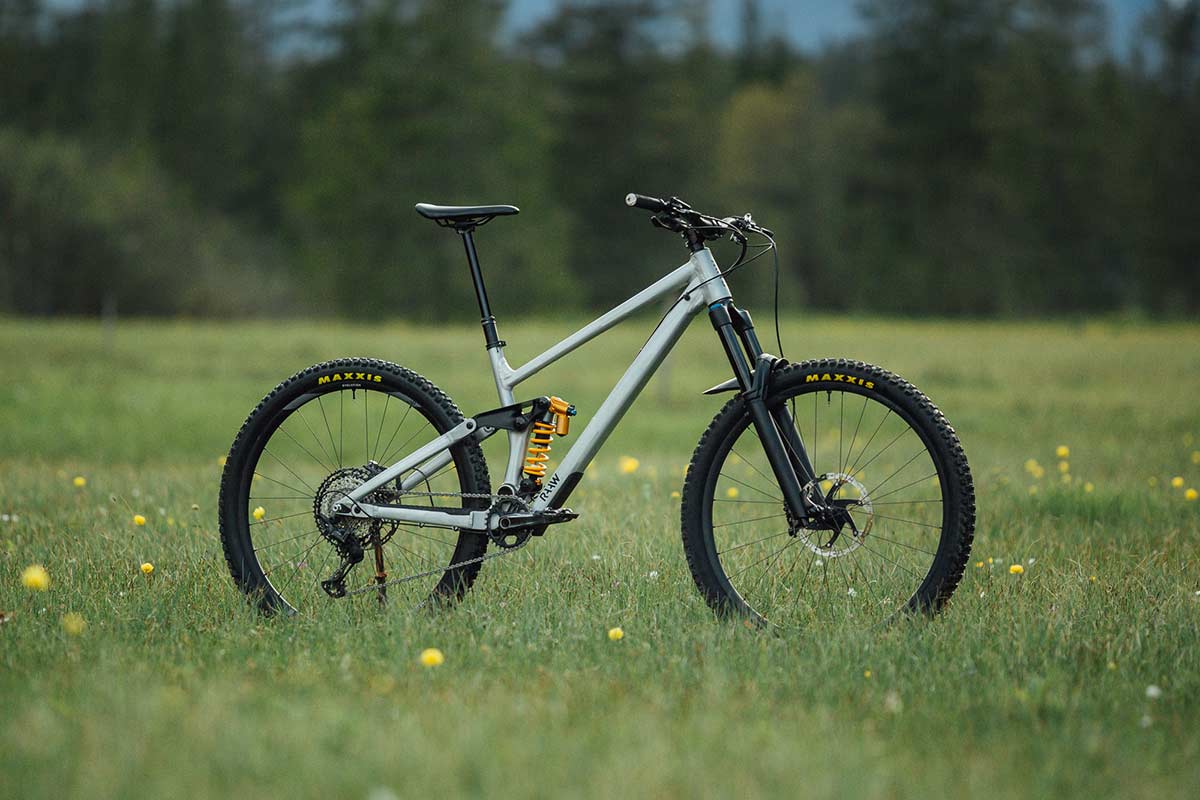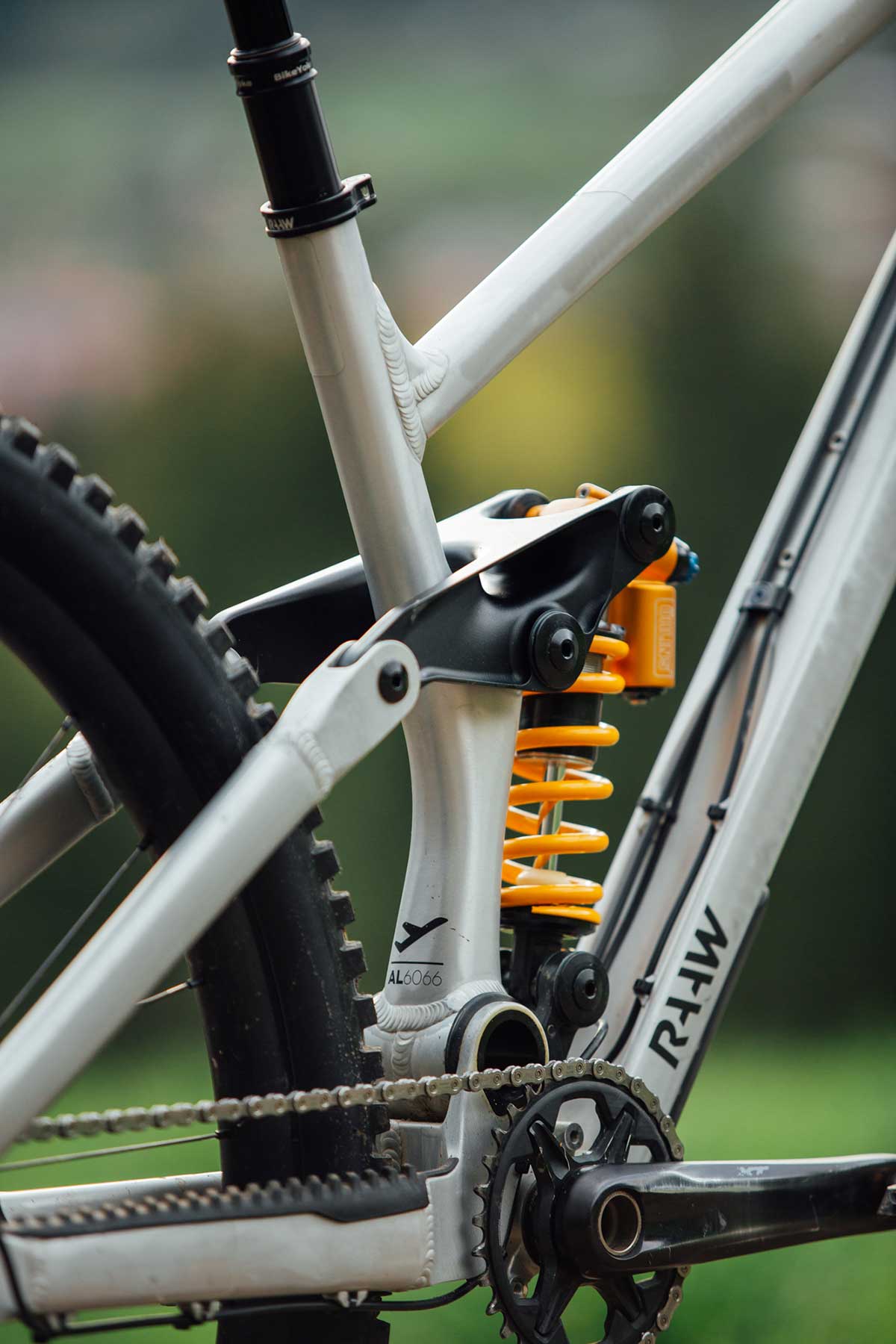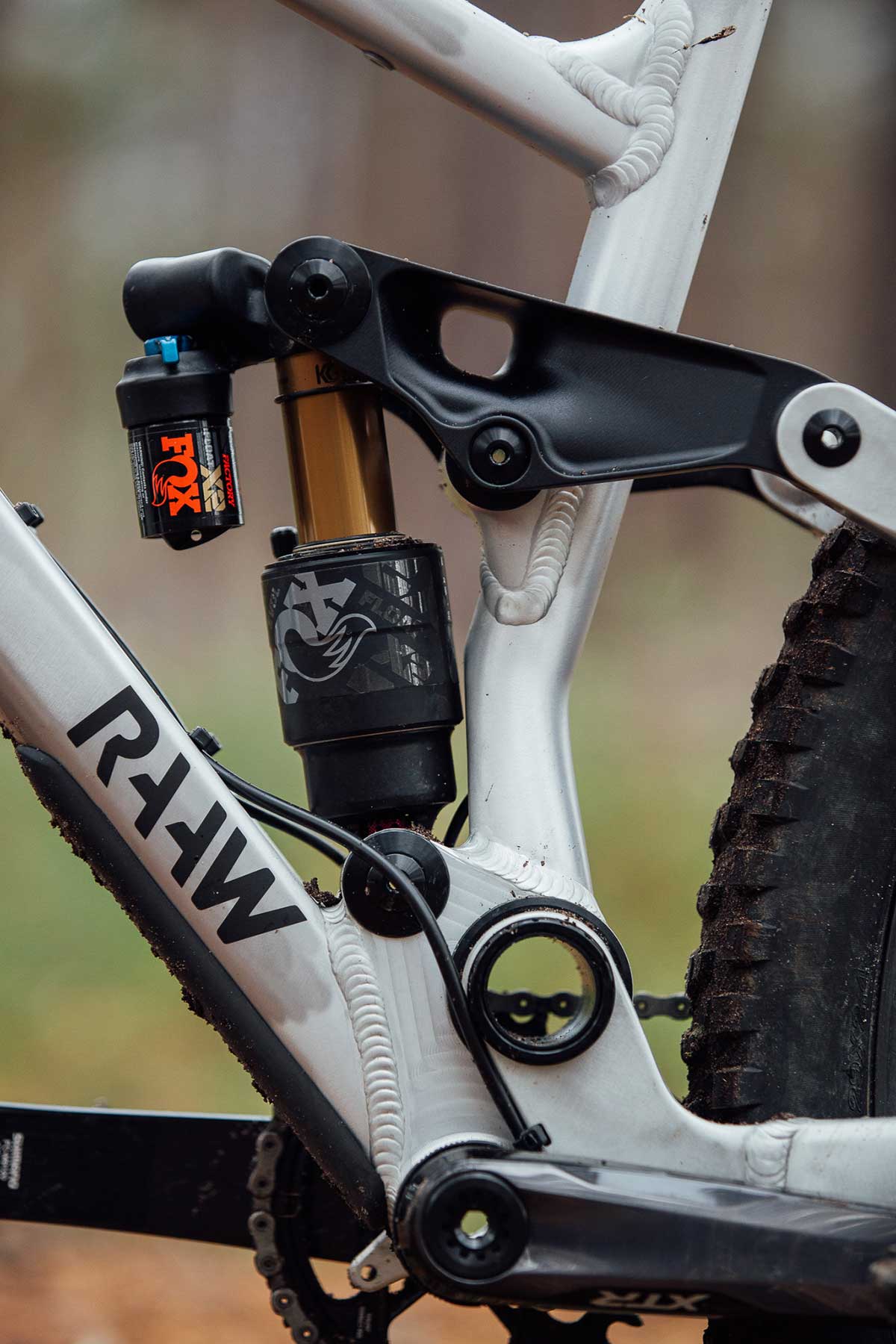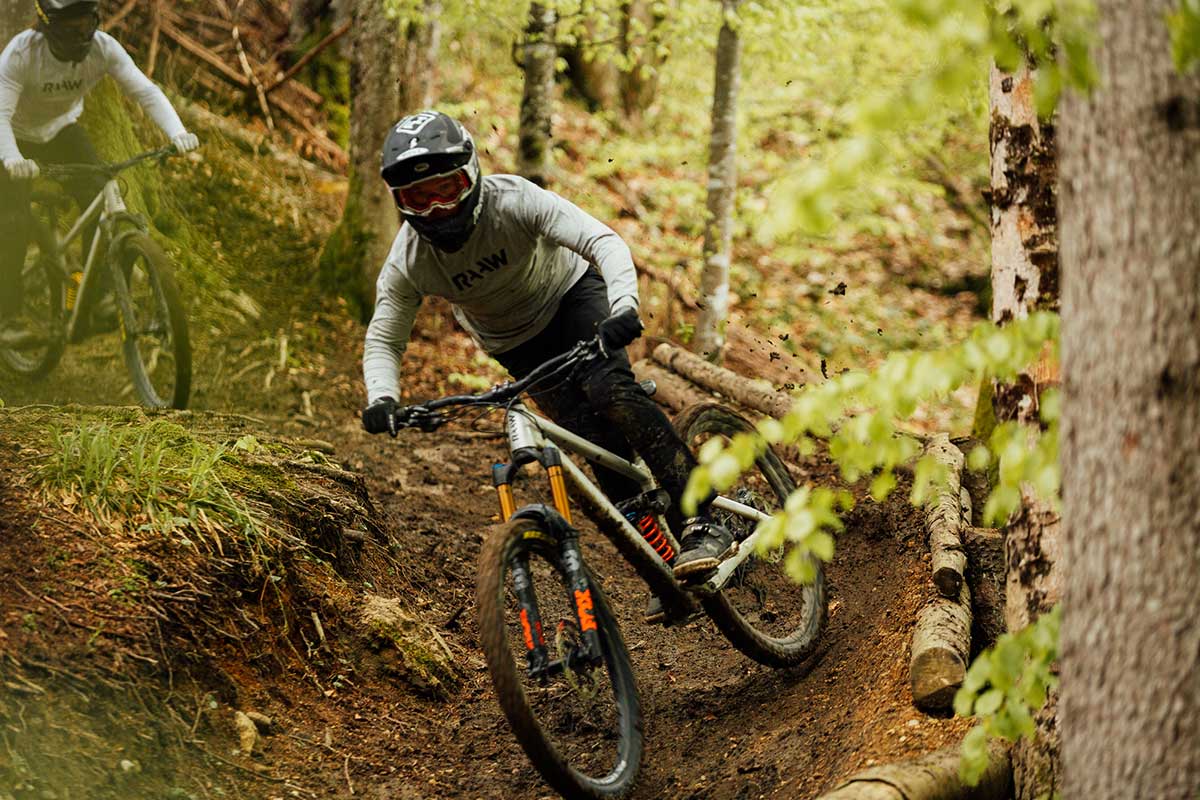We know, there’s no such thing as a stupid question. But there are some questions you might not want to ask your local shop or riding buddies. AASQ is our weekly series where we get to the bottom of your questions – serious or otherwise. Hit the link at the bottom of the post to submit your own question.
Welcome back to the Bikerumor Ask A Stupid Question series! Where stupid and not-so-stupid questions alike are answered by relevant experts across the cycling industry. This week we’re answering a reader’s question about the adoption of the Horst-Link suspension design. We’re joined by Ruben Torenbeek, Managing Director of RAAW, creators of the Madonna and Jibb full suspension mountain bikes that both use a Horst-Link layout.
When Specialized owned the Horst-Link/Four-Bar patent, competitors and industry suspension gurus claimed it wasn’t very good. Now that the patent has expired, why are lots of companies now resorting to using this “not good” design for their own bikes?
RAAW: We’ve only been around since the patent has expired, but surely brands have become more interested in the layout now. What’s interesting here is that the Horst-Link in itself doesn’t say much about the performance of the bike.

You can bet that the characteristics of a bike with a Horst-Link will go in a certain direction. But suspension designs with Horst-Links can differ a lot. You can make a really good and a really bad suspension design, both based on the same principle. And also, different bikes require different layouts, so there will never be one ‘truth’.

We like the four-bar-link layout with a Horst-Link because it allows for a bit more of a separation between pedaling characteristics and braking influence. A bike with a Horst-Link tends to have lower anti-rise values (braking influence). Without the Horst-Link, the suspension would be a single pivot design, meaning that that rear wheel rotates around a fixed point as it goes through the travel. The fixed point being the main pivot.

But, with the Horst-Link, there are now more members of the suspension design that determine around which point the rear wheel rotates. And, that point actually changes as the suspension cycles through its travel. We call this the instant centre (IC).
It’s a deep dive into suspension design, but in the end it simply creates a bit more of a complex layout, with more options to tweak and balance the different suspension characteristics. For us this meant that we could have high pedaling efficiency combined with a low amount of braking influence (active braking). The active braking allows the suspension to work uninterrupted without locking up and being harsh under braking.
But, it is important to underline that the benefits of a Horst-Link are only a small part of the big puzzle.
Got a question of your own? Click here to use the Ask A Stupid Question form to submit questions on any cycling-related topic of your choice, and we’ll get the experts to answer them for you!


